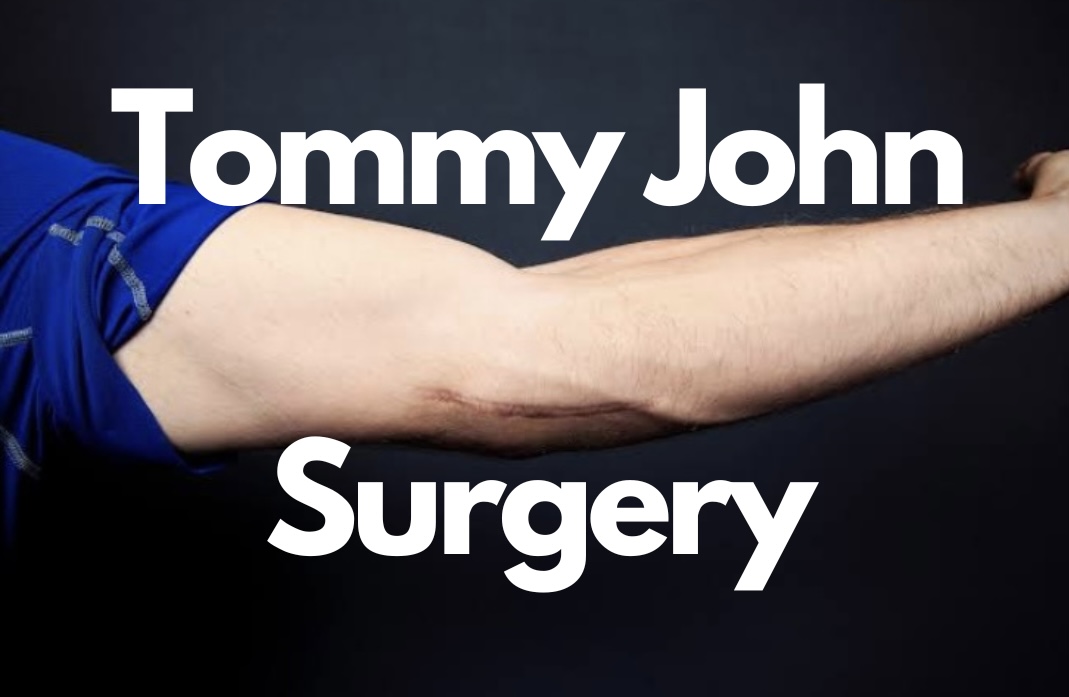
Dry needling is a technique that involves inserting thin, sterile, single use needles into muscle to treat various musculoskeletal conditions. The needles used in dry needling are similar to those used in acupuncture, but the techniques and theories behind the two practices are different.
The goal of dry needling is to alleviate pain and muscle tension by releasing trigger points, that can cause pain and restrict movement. By inserting needles into these trigger points or along nerve distributions it can reduce tension by changing electrical activity in the trigger point, create biochemical changes in the muscle and change the way pain is processed by the brain.
Some potential benefits of dry needling may include:
Pain Relief
Dry needling can help reduce pain in the affected area through the changes in the local muscle and in the central nervous system.
Improved Range of Motion
By releasing tight muscles, dry needling can help improve flexibility and range of motion in the affected area.
Improved Muscle Function
Dry needling can stimulate muscle fibers, leading to improved muscle function and strength.
Improved Mood
Some people report feeling a sense of relaxation and reduced stress after dry needling sessions.
Precautions
It's important to note that certain medical conditions are contraindications to dry needling due to the potential risks and complications associated with the technique. These include but not limited to a current or recent infection, the use of blood thinning or immunosuppressant medications, a history of blood borne or vascular disease, a history of cancer, metal allergies and pregnancy. It's important for these to be cleared before it is selected as a manual therapy technique.
The most common side effects immediately post-dry needling may include muscle soreness, fatigue and bruising. The intensity of these side effects generally reduce with each consecutive treatment. These side effects are temporary and are well tolerated by most people, normally resolving by the next day.
Just like all manual treatment, it should be coupled with strength, mobility, motor control or proprioceptive exercises to address the root cause of the problem.




